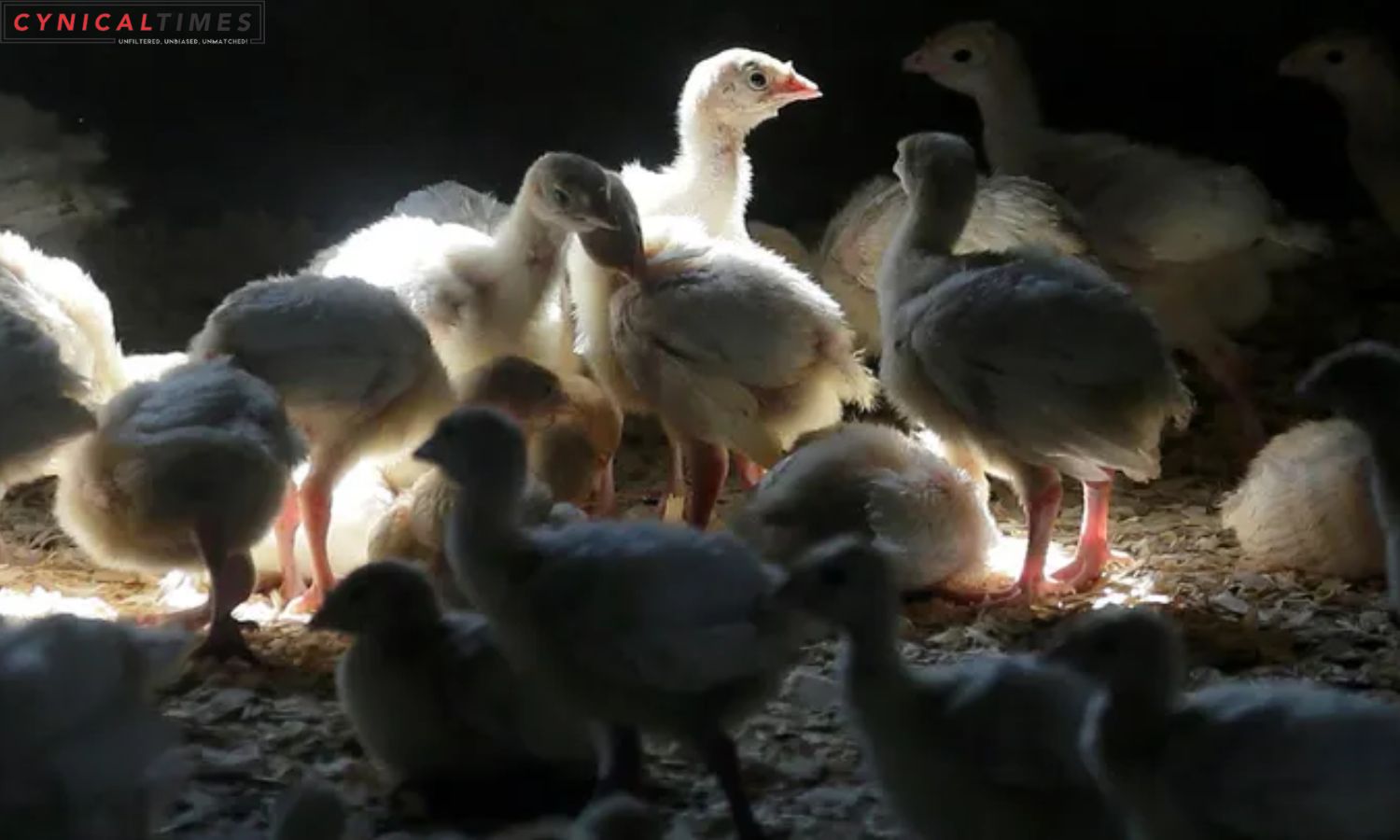Avian Flu Strikes Hard: In a distressing turn of events, 250,000 birds met a tragic end, succumbing to the avian flu menace that loomed over two Bay Area farms. The swift decision to euthanize the birds followed confirmed avian flu cases in Sonoma County, triggering concerns about the virus’s potential spread.
The California Department of Food and Agriculture verified the positive cases, prompting the drastic measure to curb the contagion. Farmer Weber, forced to euthanize over 80,000 chickens, lamented the devastating blow to his neighbor’s duck farm, which lost its entire operation, sacrificing 170,000 coveted ducks.
This avian flu resurgence follows recent efforts to combat the virus, with California wildlife agencies exploring a new vaccine still in early testing stages. Despite the ongoing battle, the vaccine awaits formal approval. The Centers for Disease Control and Prevention (CDC) reassures a low human health risk but emphasizes the highly contagious and often fatal nature of the disease in birds.
The California Department of Food and Agriculture issues a plea to poultry owners, urging vigilance and immediate reporting of unusual illnesses or deaths in their flocks through the CDFA Sick Bird Hotline at 866-922-BIRD (2473). As the avian flu saga unfolds, the Bay Area grapples with the profound impact on both livelihoods and avian populations.
Also Read: Mycoplasma Pneumonia Resurgence: A Sneaky Cough Making a Comeback
Our Reader’s Queries
Is bird flu hard to catch?
While H5N1, H7N9, and H5N6 are not typically transmitted from human to human and do not easily infect people, there have been instances of individuals becoming infected with these strains around the globe. Unfortunately, these cases have resulted in a number of fatalities.
How hard is it to get bird flu?
Avian flu virus can be transmitted to humans through contact with contaminated surfaces or inhalation of droplets or dust in the air. It is important to avoid touching your eyes, nose, or mouth after touching a surface that may be contaminated with the virus. While human-to-human transmission is rare, it is still important to take precautions to prevent the spread of the virus.
How bad is bird flu right now?
To date, the current strain of H5N1 bird flu viruses has not exhibited the same changes that have been linked to the virus spreading rapidly among poultry, infecting humans more easily, and causing severe illness. However, there have been 11 reported cases of H5N1 in humans worldwide since December 2021.
Why is bird flu such a big deal?
After two years, the avian flu outbreak has caused widespread destruction among both wild and domestic bird populations. The virus has also spread to various species of mammals, resulting in significant financial losses for governments and farmers. Consumers have also felt the impact of this outbreak, with grocery bills skyrocketing. The global impact of this epidemic has been devastating, and its effects continue to be felt across the world.

